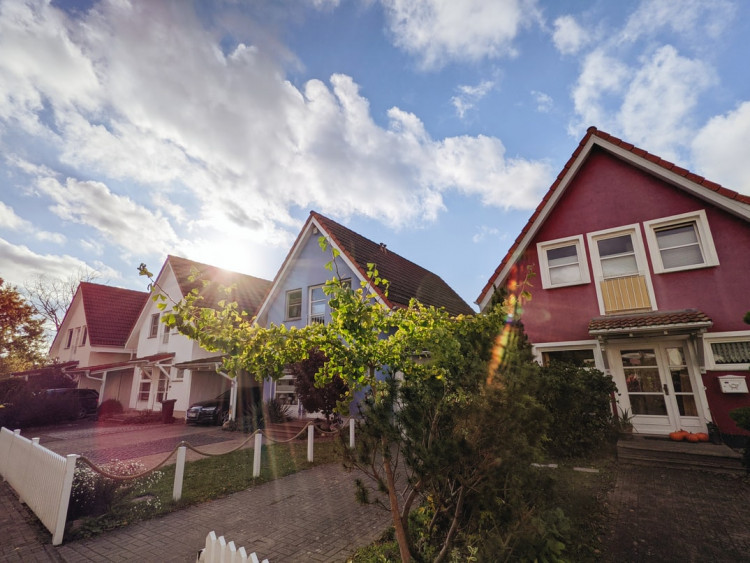Recent findings reveal that half of U.S. renters are ensnared in a financial squeeze, dedicating more than a sustainable portion of their income to keep a roof over their heads. This distressing reality emerges amidst a backdrop of moderating rent increases, thanks to a surge in the construction of multi-unit dwellings which has somewhat alleviated the relentless climb of rental costs.
According to data from Realtor.com, the median asking rent across the United States in December marked a slight retreat for the eighth consecutive month, settling at $1,713. This figure, while modestly lower than preceding months, remains a stark $309 above pre-pandemic levels in 2019, translating to a substantial 22% hike over a mere three-year span.
The landscape of rental affordability has become increasingly dire, with the Harvard University's Joint Center for Housing Studies highlighting a record 22.4 million households allocating more than a third of their income towards rent, a financial burden considered unsustainable by housing experts. More alarming is the plight of 12 million renters who find themselves severely cost-burdened, dedicating over half of their income to housing costs.
The situation has led to an unprecedented number of individuals grappling with housing affordability, alongside a surge in homelessness and a conspicuous shortfall in rental assistance for those eligible. As Chris Herbert, the managing director of the Harvard Joint Center for Housing Studies, notes, "The report reveals several disturbing records, including the record-high number of renters in housing they cannot afford and a record-high number of people who are homeless."
The construction boom in multifamily units, peaking in the third quarter of last year with around 436,000 units completed, has introduced a glimmer of hope, marking the highest level of activity since 1988. This influx of new apartments has contributed to a tempering of rent increases, with growth decelerating to a mere 0.4% annually by the end of the year. Yet, even in cities notorious for exorbitant rents, such as Manhattan, the relief has been palpable but not transformative. In November, Manhattan saw a dip in median rent for the first time in 27 months, a modest but notable shift that suggests the market may be responding to the increased supply.
Despite these developments, the affordability crisis remains entrenched, particularly for middle-income renters who have witnessed the most significant surge in housing costs. Whitney Airgood-Obrycki, a senior research associate at the Harvard center, remarked on the broad impact of the crisis, stating, "Rental conditions are softening, but affordability conditions are worse than ever before."
The current cooling in the rental market, driven by a slowdown in pandemic-fueled migrations and the completion of new multifamily buildings, offers a temporary reprieve but does not address the underlying issues of affordability and supply. Anthemos Georgiades, chief executive of Zumper, an online rental marketplace, emphasized the shift in market dynamics, noting, "Renters have more leverage right now than anytime in recent memory."
However, this window of opportunity may be short-lived. The National Association of Home Builders anticipates a significant decline in multifamily construction due to escalating costs, which could throttle the supply of new units just as demand from Baby Boomers, Millennials, and Gen Z continues to swell.
As the U.S. grapples with this persistent housing challenge, the imperative for sustained new construction and expanded rental support is clear. Without these measures, the Harvard report concludes, the affordability crisis will continue to cast a long shadow over millions of American renters, undermining the stability and well-being of households across the nation.






